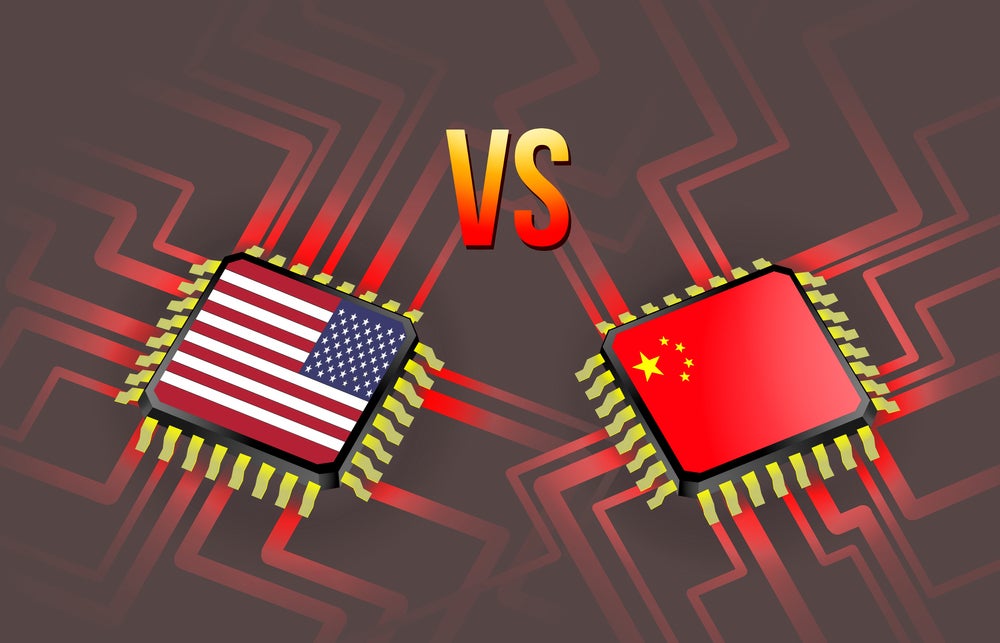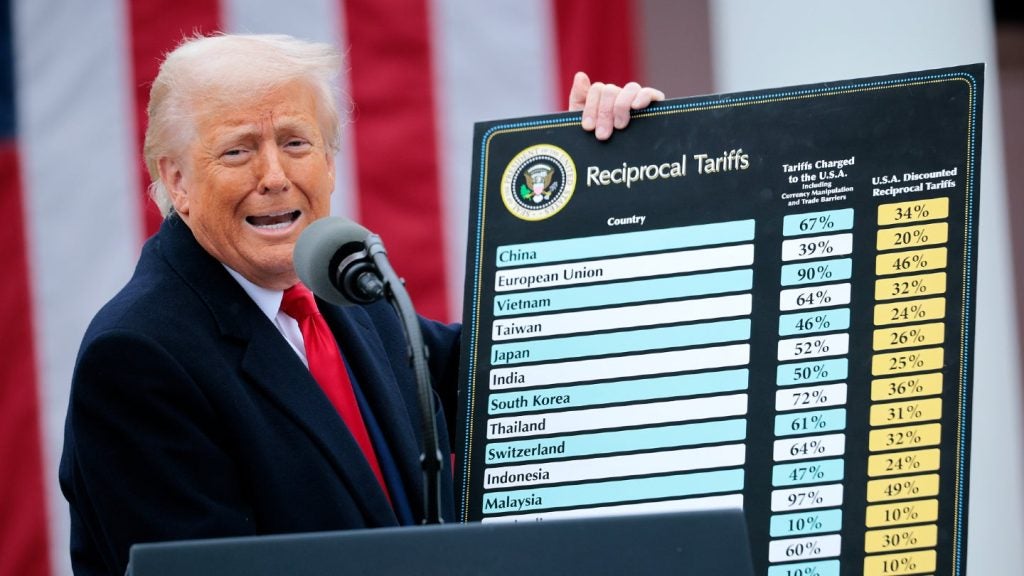Digital twins have become a focal point, as the Covid-19 pandemic has exposed the vulnerabilities that companies with complex supply chains face, ranging from unpredictable productivity levels and supply and demand fluctuations to inventory placement problems.
Using digital twins may help. DHL and Unilever are two companies that are using the technology to enhance supply chain resiliency.
Digital twin technologies help guard against future disruption by drawing upon a well of data to more cost-effectively model unexpected shocks to operational activities, and so better adapt to unforeseen situations.
A data-fueled picture of assets, systems, and enterprises
Through a combination of a physical layer of data-gathering devices, connected architecture, data handling capabilities, and a platform layer, digital twin technologies aggregate various streams of information to produce a parallel, interactive virtual environment. This environment is greater than the sum of its siloed parts since it provides a cross-functional data picture which identifies operational inefficiencies and synergies. The simulation can also model the outcomes of extreme scenarios or stress tests.
Most importantly, by using artificial intelligence (AI), machine learning, and real-time analytics, digital twins create a virtuous feedback cycle by enabling detection, prevention, prediction, and optimization of the physical environment, which in turn then provides new information for the simulation to assimilate.
Implementing digital twins isn’t without its challenges, as GlobalData’s Thematic Research Digital Twins report discusses. The biggest hurdle is a lack of straightforward access to clean data, often stored in legacy systems. The relative novelty and broad technological scope of digital twins also results in a current lack of common standards which significantly limits interoperability. Another concern is information security. Digital twins offer such a close representation of an actual system that any hacker that gains access to the twin may have the whole system’s blueprints.
Digital twins for complex supply chain systems is a winning approach
Digital twins have the potential to deliver significant value to supply chains having to deal with disruptive events which impact entire ecosystems, such as Covid-19.
In a situation where a particular supplier fails to deliver, for instance, digital twins’ complete, end-to-end data picture could rebalance the supply chain equation by redistributing inventory and people. This can ensure maximal output far more quickly and efficiently than an intuitive or siloed approach. Such solutions may not be obvious without the comprehensive picture provided by digital twins.
In Tesla’s case, it creates digital twins of each connected vehicle sold. This integrates aftermarket data into the supply chain in a way previously impossible. Using data from live vehicles and parts, hidden trends in usage habits can become apparent before critical events occur and these insights translated into a proactive risk plan. For example, UK driving habits and part use changed gradually in the months before any official pandemic restrictions. Aftermarket data integrated into the digital twin-enabled supply chain could use this demand trend to better regulate production levels of various components. Digital twins are essential to help formulate appropriate strategies which can safeguard against unexpected Black Swan events, like the pandemic.
Challenges of a new technology should not deter enterprises from investing
Businesses with complex supply chains should press ahead with implementing digital twins, despite the technology’s relative immaturity. Putting digital twins at the heart of an enterprise strategy could be the key to transforming production from a reactive, siloed activity to a continuously iterative, agile process. Businesses can then operate in a much closer relationship with real-world events, which is exactly what they will need to do to survive and adapt successfully to the next crisis.








